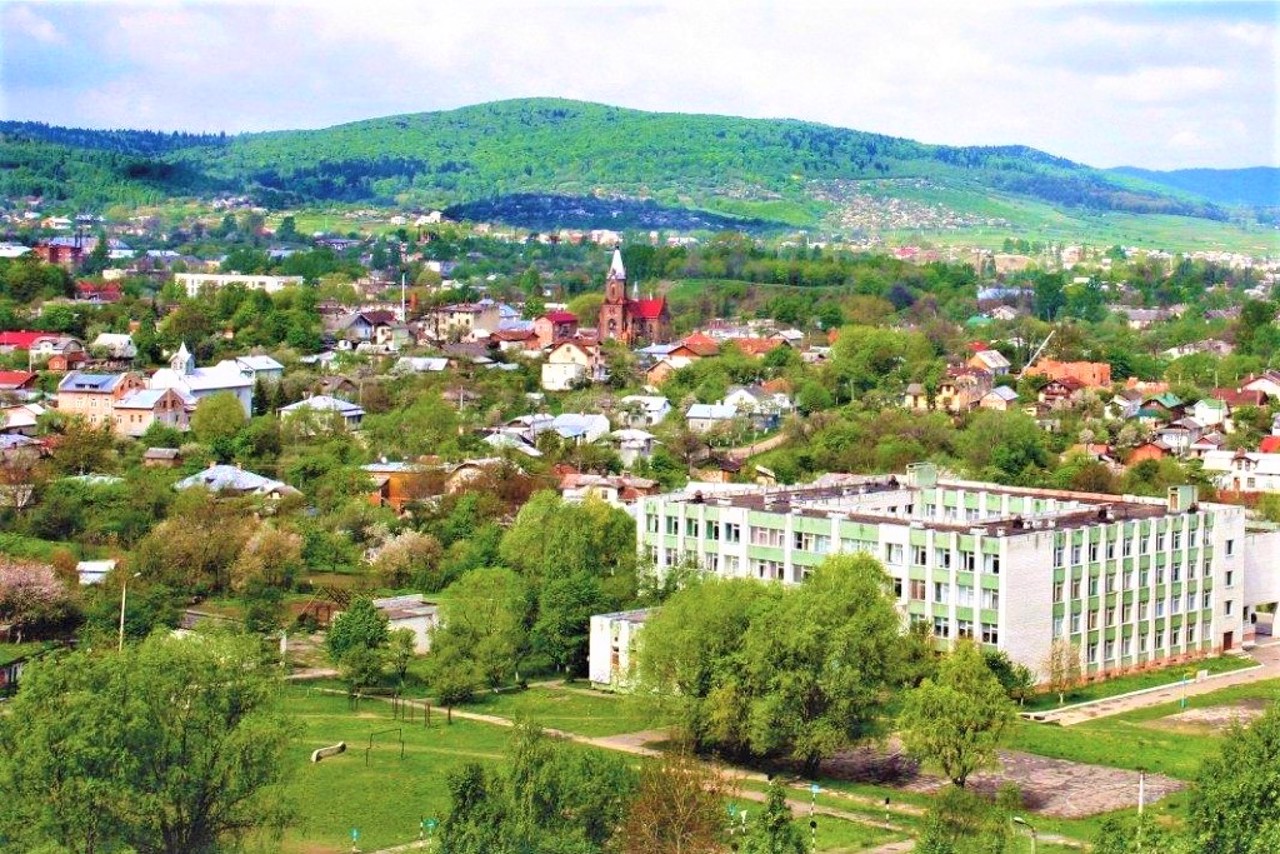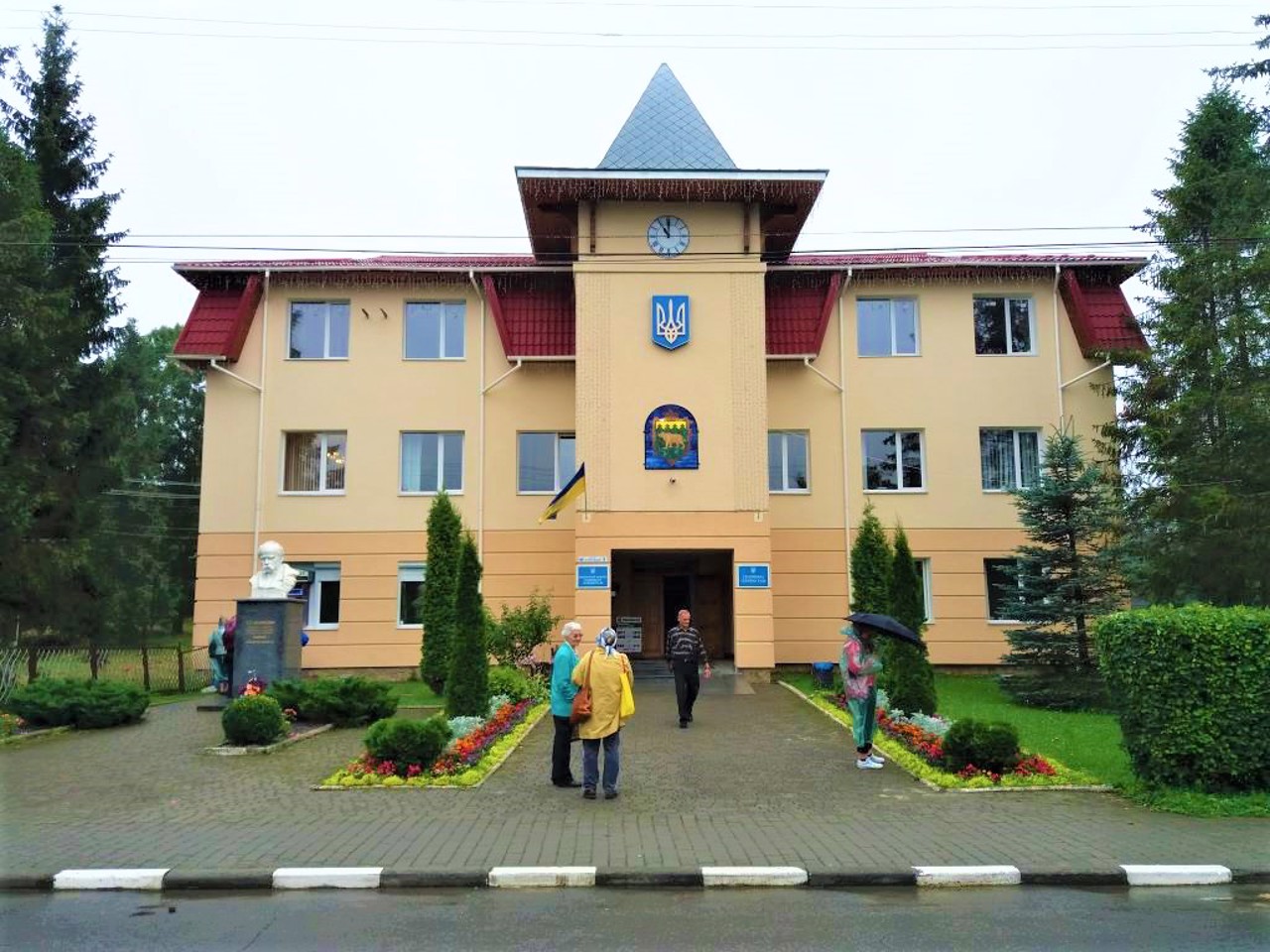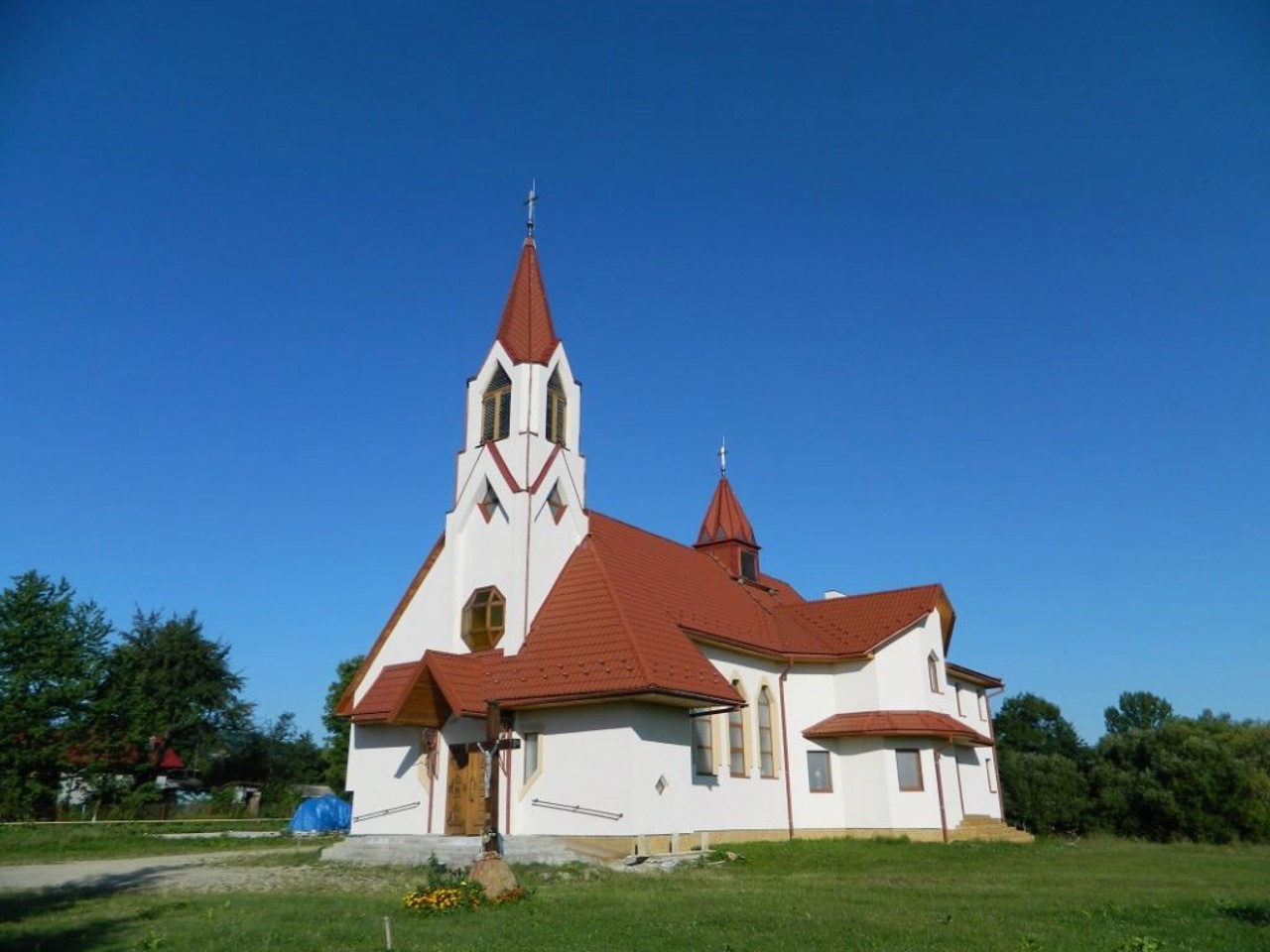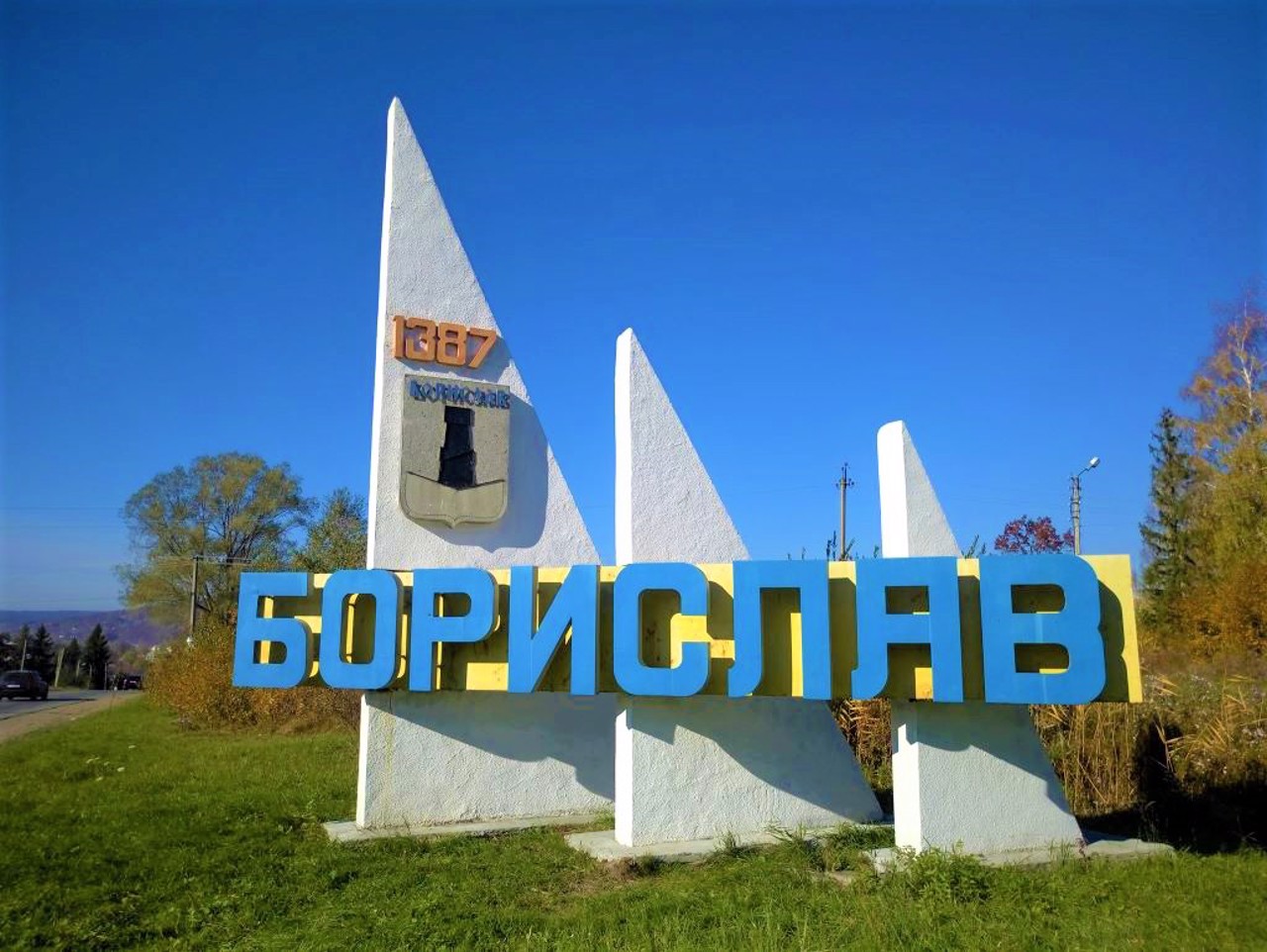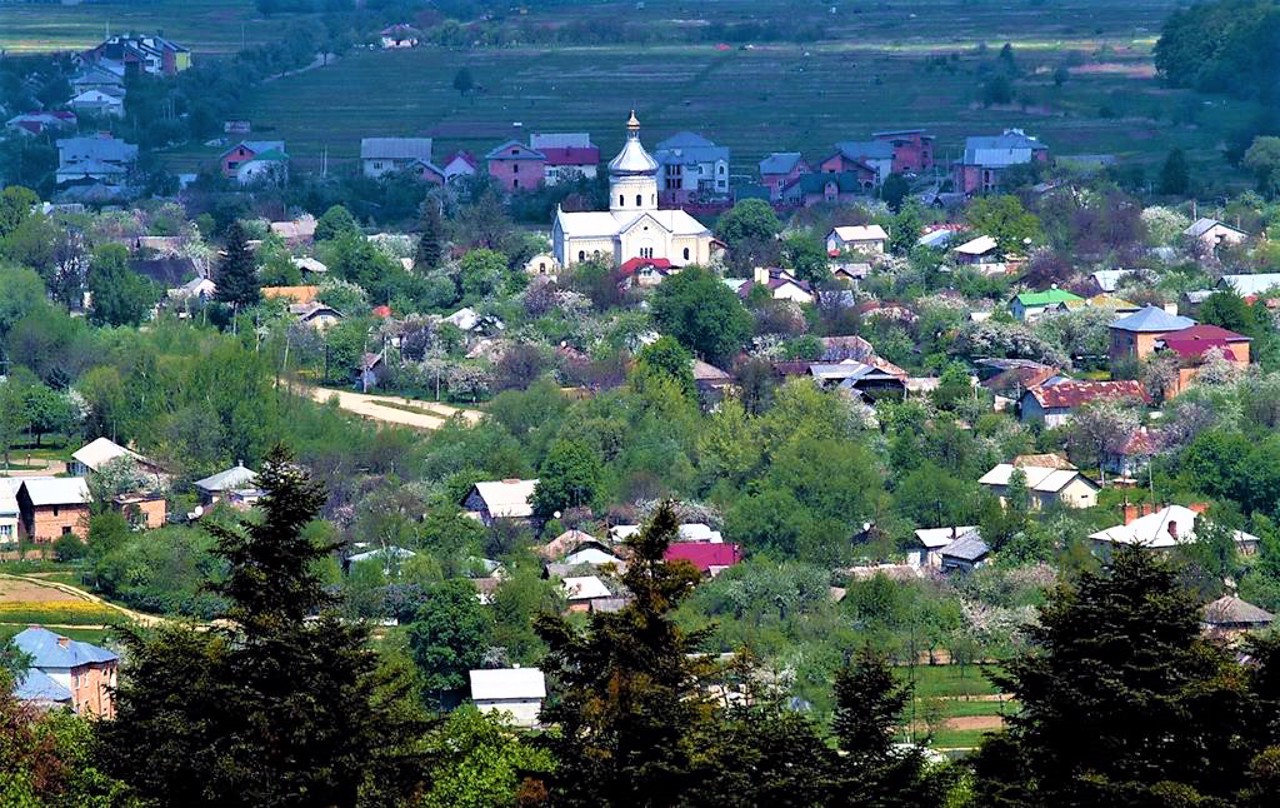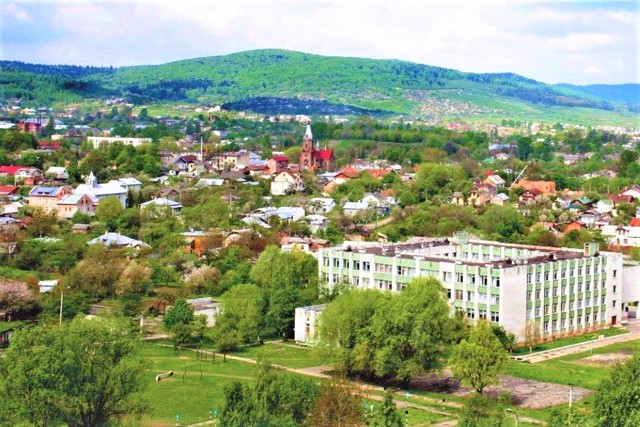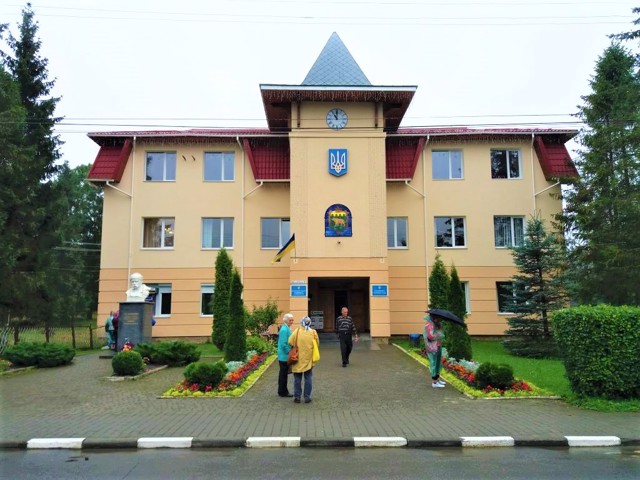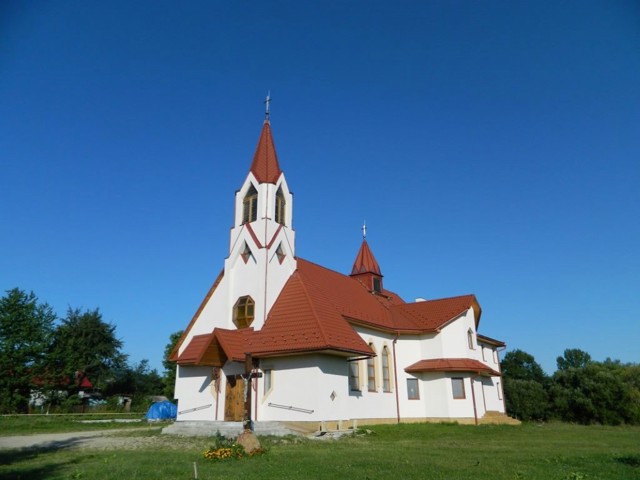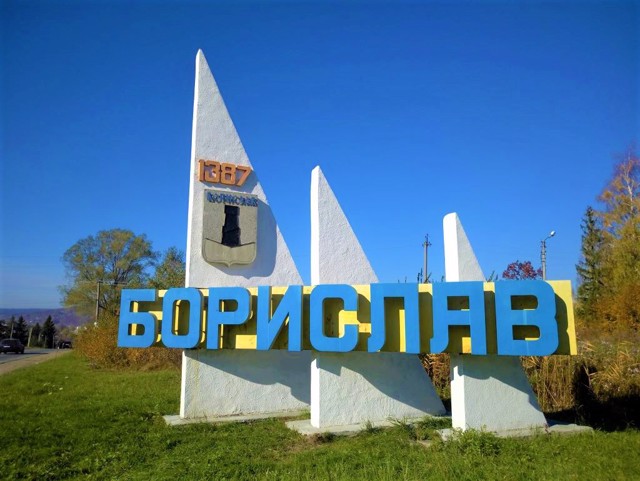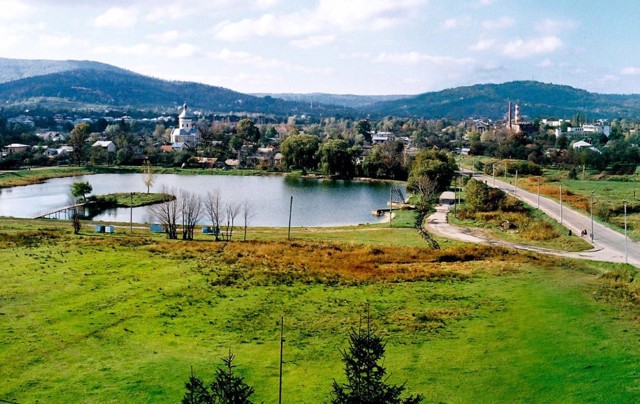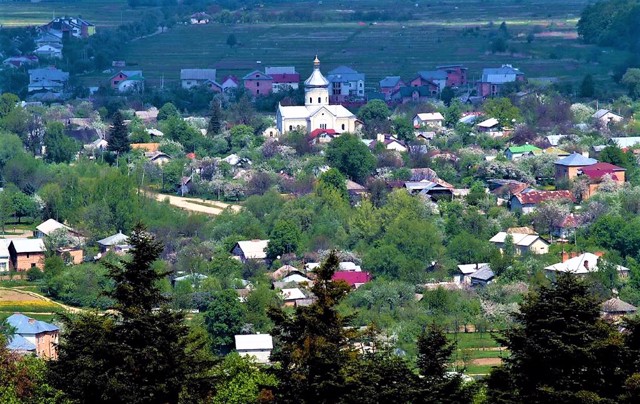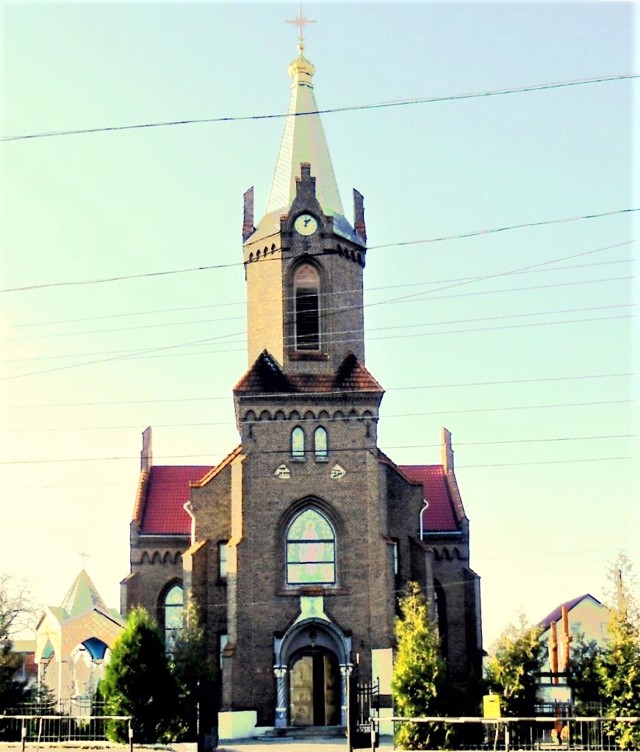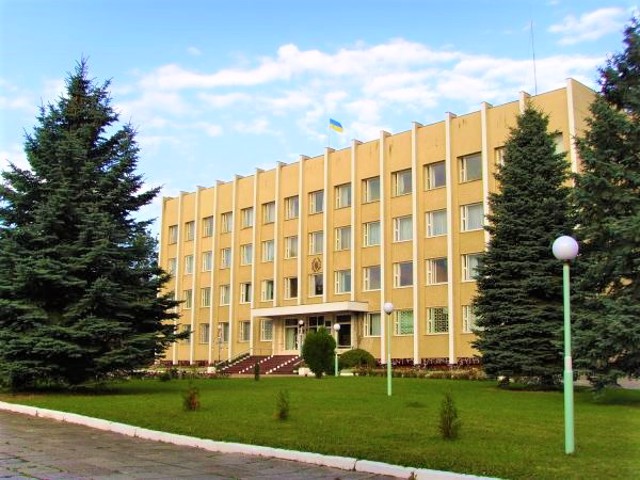Functional temporarily unavailable
General information about Boryslav
The city of oil workers Boryslav is located on an industrial oil-ozokerite and gas field in the foothills of the Ukrainian Carpathians on the Tysmenytsia River.
In the 9th-13th centuries, there was an ancient Rus rock fortress called Tustan nearby. The city of Boryslav itself was first mentioned in 1387 in the deed of the Polish queen Yadviga. The city was a great center of salt production.
In 1854, Lviv industrialist Robert Doms discovered the largest ozokerite deposit in Europe in Boryslav, and a few years later the active development of the oil industry began. Both the flourishing of urban planning and severe environmental pollution are related to this. The difficult working conditions of workers at the Boryslav oil fields are reflected in Ivan Franko's story "Bo ...
The city of oil workers Boryslav is located on an industrial oil-ozokerite and gas field in the foothills of the Ukrainian Carpathians on the Tysmenytsia River.
In the 9th-13th centuries, there was an ancient Rus rock fortress called Tustan nearby. The city of Boryslav itself was first mentioned in 1387 in the deed of the Polish queen Yadviga. The city was a great center of salt production.
In 1854, Lviv industrialist Robert Doms discovered the largest ozokerite deposit in Europe in Boryslav, and a few years later the active development of the oil industry began. Both the flourishing of urban planning and severe environmental pollution are related to this. The difficult working conditions of workers at the Boryslav oil fields are reflected in Ivan Franko's story "Boryslav Laughs". The maximum level of oil production was reached in 1969.
In recent years, Boryslav was recognized as one of the six greenest cities in Ukraine.
Місто нафтовиків Борислав розташоване на промисловому нафто-озокеритному та газовому родовищі в передгір'ях Українських Карпат на річці Тисмениця.
В IX-XIII сторіччях неподалік існувала давньоруська скельна фортеця Тустань. Саме місто Борислав вперше згадується в 1387 році в грамоті польської королеви Ядвіґи. Місто було великим центром солеваріння.
В 1854 році львівський промисловець Роберт Домс відкрив в Бориславі найбільше в Європі родовище озокериту, а через кілька років почався активний розвиток нафтовидобувної промисловості. З цим пов'язаний як розквіт містобудування, так і сильне забруднення навколишнього середовища. Важкі умови праці робітників на бориславських нафтопромислах відображені в повісті Івана Франка "Борислав сміється". Максимальний рівень ...
Місто нафтовиків Борислав розташоване на промисловому нафто-озокеритному та газовому родовищі в передгір'ях Українських Карпат на річці Тисмениця.
В IX-XIII сторіччях неподалік існувала давньоруська скельна фортеця Тустань. Саме місто Борислав вперше згадується в 1387 році в грамоті польської королеви Ядвіґи. Місто було великим центром солеваріння.
В 1854 році львівський промисловець Роберт Домс відкрив в Бориславі найбільше в Європі родовище озокериту, а через кілька років почався активний розвиток нафтовидобувної промисловості. З цим пов'язаний як розквіт містобудування, так і сильне забруднення навколишнього середовища. Важкі умови праці робітників на бориславських нафтопромислах відображені в повісті Івана Франка "Борислав сміється". Максимальний рівень видобутку нафти був досягнутий в 1969 році.
Останніми роками Борислав був визнаний одним з шести найзеленіших міст України.
Сплануй своє перебування у Boryslav
What to see and where to go in Boryslav
Tourist attractions and museums of Boryslav
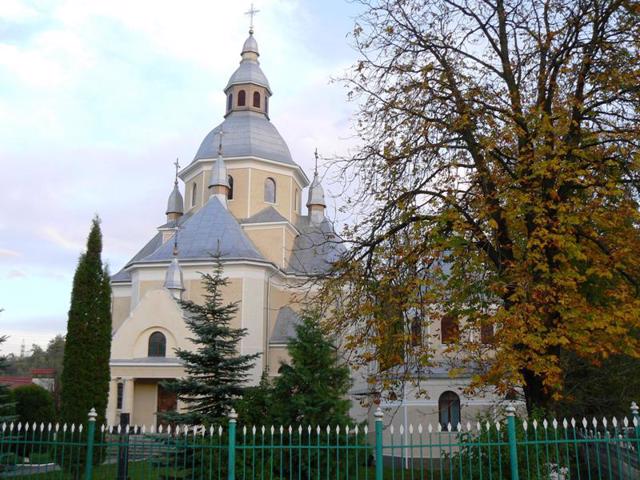
Assumption of Blessed Virgin Church
Temple , Architecture
The Church of the Assumption of the Blessed Virgin Mary in Boryslav was built in 1929.
It is located at the exit from the city in the direction of Skhidnytsia (then it was the village of Mraznytsia).
The temple, according to the project of architects Serhiy Tymoshenko and Oleksandr Pezhanskyi, is built on a high plinth made of Ternopil stone, the floor is paved with Czech tiles, the main throne is made of white Carrara marble. The church is decorated with four entrance columns made of white stone, the domes of the church are covered with copper sheet. Artistic stained glass windows were executed by the famous impressionist artist Petro Kholodnyi under the supervision of the poet and artist Bohdan Lepkyi.
In 1962, the Church of the Assumption in Boryslav was closed by the Soviet authorities.
Reborn in 1991 as Greek Catholic.
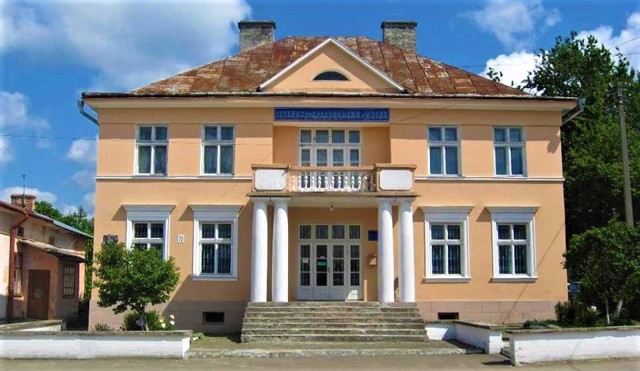
Boryslav History and Local Lore Museum
Museum / gallery
The Boryslav History and Local Lore Museum was founded in 1987 on the initiative of the local local historian Mykola Kryzhanovsky.
It is located in the building of the former department of the NKVD, where victims of repression were shot during the establishment of Soviet power in the region.
The museum's funds include more than 5,000 exhibits. Minerals, flora and fauna of Prykarpattya are presented in the nature department.
The most interesting exhibits of the historical department: fragments of an ancient Rus bracelet and a silver hryvnia, a wooden grain barrel made of solid wood, a fire pump of the end of the 19th century, tools and personal belongings of oil miners, a painting by the German artist Romuald Volkel "Old Boryslav" (1918).
Paintings by modern artists are exhibited.
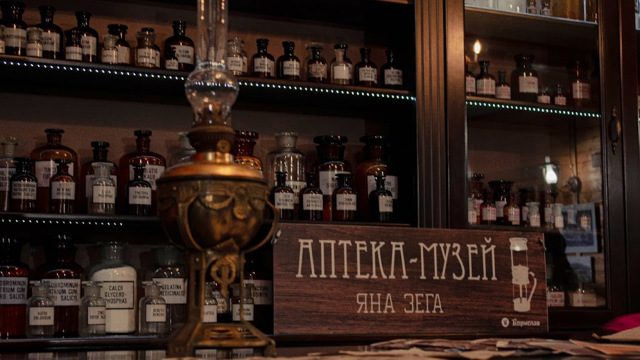
Johann Zeg Pharmacy Museum
Museum / gallery
The pharmacy-museum of the world-famous inventor of industrial oil refining Johann Zeg opened in 2021 in the city park of culture and recreation of Boryslav, is still a leading center of the oil industry of Galicia. Here is one of the largest deposits of ozokerite, ie mountain paraffin, which has medicinal properties.
The exposition of the museum acquaints visitors with the history of Galician pharmaceuticals, experiments on oil distillation, extraction and use of ozokerite, prominent figures of Boryslav and the life of Johann Zeg.
In particular, a model of a distiller is presented - a device for dividing oil into fractions, as well as a collection of pharmacy bars and kerosene lamps of different eras.
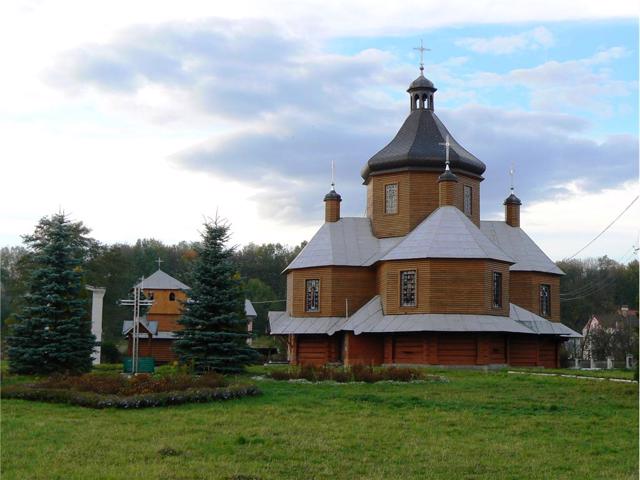
John the Baptist Church
Temple , Architecture
The wooden church of John the Baptist in Boryslav was built in 1879.
Previously, the wooden church of the Resurrection, which has been known since the 15th century, stood on this place.
The church is cruciform in plan, one-story, surrounded by a canopy. In the lower part, the original beams of the log house are visible (the rest of the walls are covered with wooden lining). The wooden iconostasis of the 19th century has been preserved in the interior.
There is an old three-tiered wooden bell tower nearby, as well as a new stone one. To the left of the entrance gate is a tall monument to John the Baptist, covered with a roof on columns.
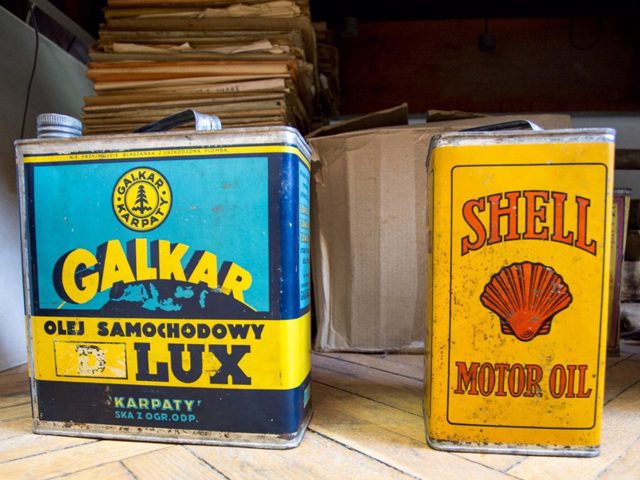
Oil and Gas Industry Museum
Museum / gallery
The Museum of the History of Oil, Ozokerite and Gas Processing Industry was founded in Boryslav in 1972 at the Palace of Culture of Oil Workers.
In 2003, the updated exposition was opened in the administrative building of Boryslavnaftogaz NSU (5th floor). The exposition of the museum room acquaints visitors with the history of the development of Boryslav oil production - the oldest oil industry in Ukraine.
The museum presents work tools, industrial equipment, samples of raw materials and products, household items, numismatic materials (coins, medals, orders, badges), photos of old Boryslav.
An interesting collection of kerosene and oil lamps, working models of drilling rigs.
Reviews Boryslav
Geographical information about Boryslav
| {{itemKey}} | {{itemValue}} |
|---|---|
| Region |
Lviv |
